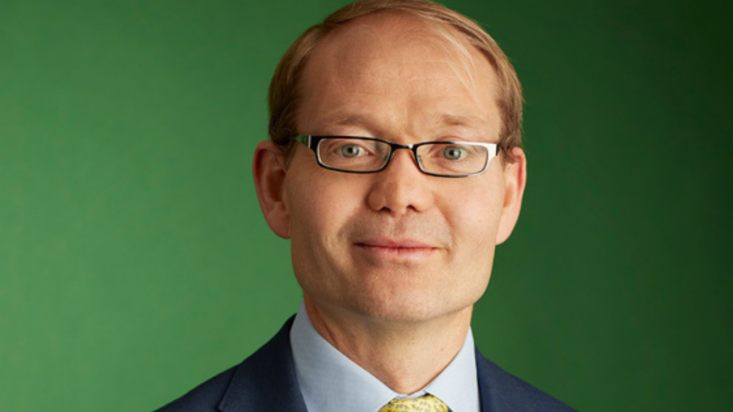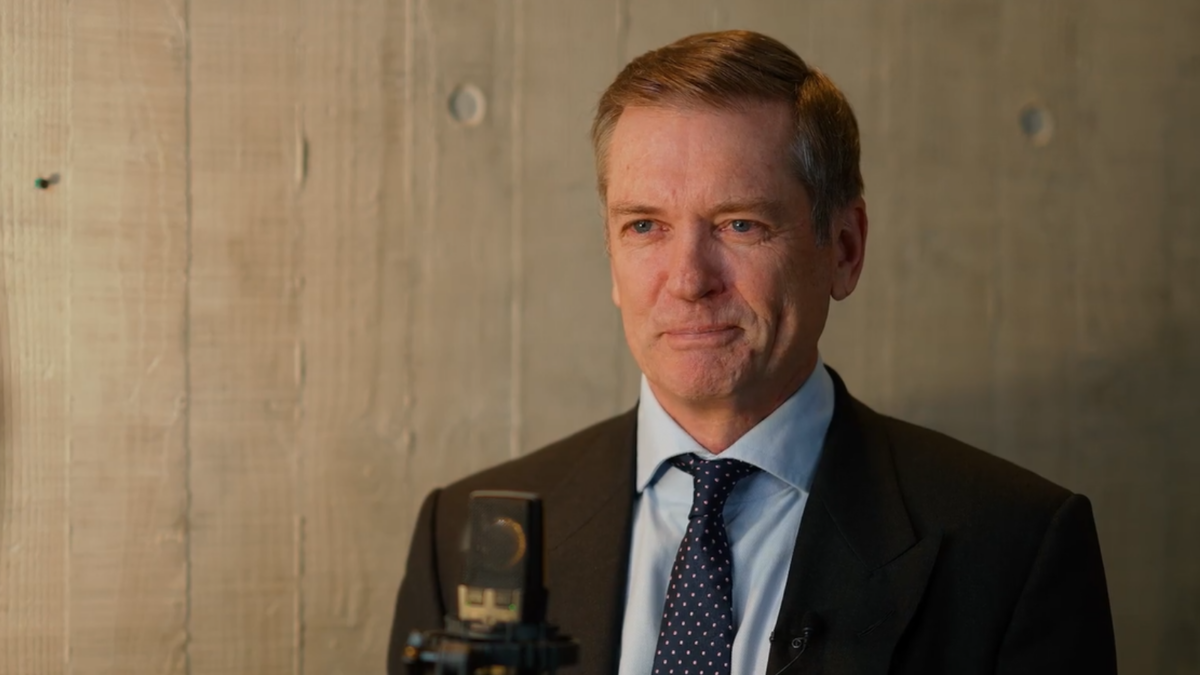Not the GFC, but investors are ‘career-ing’ into liquidation
The rapid demise of Silicon Valley Bank (SVB) – the second-largest US bank failure in history – has caught markets by surprise. It would be comforting to focus on the specific weaknesses of a business model. Isn’t this just an unfortunate combination of a bank with too much interest-rate risk on the asset side meeting herding behaviour by a homogeneous group of depositors?
These are certainly features that made SVB’s tinder particularly dry. But to dismiss the broader risks to the system would be a mistake. The financial system is intolerant of higher interest rates. For investors, the important emerging issue is declining liquidity and higher funding costs, as the Federal Reserve’s reverse repurchase (RRP) facility becomes the natural home for those seeking a truly risk-free safe harbour.
What this isn’t
So is this 2008 all over again? I doubt it.
The US government’s decision to ensure all depositors are fully repaid, and to offer emergency funding, will relieve some pressure. Even before this intervention, it was highly unlikely that big systemically important banks would be threatened. Banks are much better capitalised than they were going into 2008. While there are losses on securities being held to maturity, these portfolios are much less significant for bigger banks.
That said, there is still a risk of deposit outflows. These will increase banks’ marginal cost of funding, reduce net interest margins, and may encourage banks to shrink their balance sheets.
So why the fuss?
Higher interest rates are stressing the system. A combination of factors is creating a destructive force. Sharply higher interest rates are transmitting immediately to money market funds (MMFs) via the Fed’s RRP facility, but only slowly to bank depositors, because the banking system has abundant reserves.
Following SVB’s bankruptcy, expect to see a reawakened fear among uninsured depositors, and a realisation that there are safer alternatives than banks, offering much higher yields – namely MMFs and Treasury bills.
At the same time, inflation, though falling, is stickier than the Fed had hoped. Now financial stability concerns complicate its task even further. And later this year a political battle around the debt ceiling could easily lead to a brief technical default on short-term Treasuries. (The cost of insurance against US sovereign default – as measured by CDS spreads – is now higher than for the UK.)
Consider career risk
For financial professionals, career risk is a powerful driver of behaviour.
Corporate treasurers have every incentive to avoid uncomfortable conversations with senior leadership and so to move excess liquidity out of uninsured deposits yielding less than 1 per cent. They can get higher returns for less risk, and eventually they will choose MMFs over T-bills, to avoid any similarly uncomfortable discussions which may arise from a technical default.
Central bankers at the Fed face the dilemma that their career risk now comes from two directions: financial stability and containing inflation. Reconciling both objectives is going to be tough. They need to prevent financial contagion without letting up on inflation.
Adjusting to losses… and incentives
Investors, too, are beginning to appreciate the interest-rate risk in their assets, even if these assets aren’t immediately marked to market. As losses caused by higher rates start to percolate through – especially losses from alternative assets – investors are likely to hold higher liquid balances and prepare for underlying clients who have an increased preference for liquidity.
These investors, just like corporate treasurers, are incentivised to house those liquid balances in government-only MMFs. Leveraged funds will have the added pressure of higher funding costs, as their leverage providers find their own balance sheets squeezed.
Running to the Fed
Tracing the line of least resistance, commercial bank deposits will ultimately flow into the Fed’s RRP facility, draining bank reserves. As the RRP facility becomes the natural home for those seeking a safe harbour, declining liquidity and higher funding costs will be a critical issue for financial markets.
The risk of deposits ‘running’ to the RRP facility was highlighted in a 2015 paper written by Fabio Natalucci – now Deputy Director of Monetary and Capital Markets at the International Monetary Fund – and colleagues at the Fed. At the time, these concerns were brushed aside. In the coming months, we will see a proper test of the risk scenario they identified.
Deposits were drifting into MMFs already. SVB will speed this up, and tension around the debt ceiling will add further pressure. We’re not re-running the global financial crisis. We’re career-ing into a liquidation crisis.










